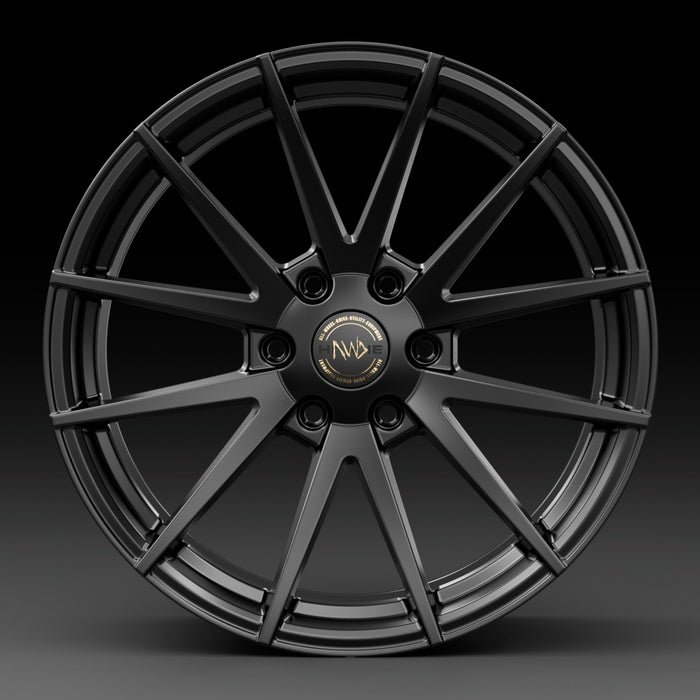
So you’ve decided to take the plunge and treat yourself to a nice new set of wheels for your pickup truck, after careful consideration you’ve decided on the alloys you want. Those nice looking Wolface Saharas are just calling to you...
‘Easy!’ you think to yourself as you boot up the browser. You type in the words ’20 inch wheels’ and hit search. Immediately you release upon yourself a Pandora’s box of information flying at you from every angle. PCD? Offset? Centre bore?
We’ll stop you there. When it comes to choosing the wheels for your truck, there is a lot to consider and sometimes you can feel a little lost in it all.
…So what’s next?
Below, we have listed the main things to need to check/consider before placing your order.

Let’s start nice and simple, the width refers to the distance from the front of the wheel to the back. Diameter refers to the distance across the face of the wheel. E.g., if your wheels are 20x9 then the diameter is 20 inches and the width is 9 inches.

PCD
Wheel PCD (Pitch Circle Diameter) is the diameter of an imaginary circle drawn through the center of the bolt holes of a wheel. It is used as a reference to determine the correct fitment of a wheel on a vehicle. The PCD is usually measured in millimeters and is specified by the number of bolt holes and the distance between them. When purchasing aftermarket wheels, it's important to ensure that the PCD of the wheels is compatible with the PCD of the vehicle's hub, as wheels with the wrong PCD will not fit properly and could cause damage to the vehicle.

CENTRE BORE
This is the diameter of the hole in the rear of the wheel, where the wheel goes over your car’s hub. This is something you need to keep an eye out for, as even if you find wheels with the correct PCD it does not necessarily mean the centre bore will be the same. For example, a Ford Ranger, Toyota Hilux and a Mitsubishi L200 all share the same PCD of 6 x 139.7, but each have a different centre bore. 9 times out of 10 you will come across aftermarket wheels that have the same PCD as your truck but the centre bore is larger. This is so these wheels can accommodate many different vehicles. A majority of the time, spigot rings will be supplied in order to correct the wheel's centre bore to match your vehicle's.
OFFSET
Wheel offset refers to the distance between the centerline of a wheel and the plane of the wheel hub mounting surface. There are three types of wheel offsets: positive, zero, and negative.
Positive offset means the hub mounting surface is closer to the wheel centerline, resulting in more of the wheel being hidden behind the arch. Zero offset means the hub mounting surface is equal to the wheel centerline. Negative offset means the hub mounting surface is farther from the wheel centerline, resulting in more of the wheel sticking out from the vehicle. Understanding wheel offset is important for choosing the correct size and fitment of aftermarket wheels for a vehicle, as well as for maintaining proper suspension and handling characteristics.
Now you know what to look out for, why not have a browse of our wheels?
We know this can be a lot of information to take in, so if you've read all this and are still undecided/unsure then you can always contact us at info@brutestatus.co.uk

